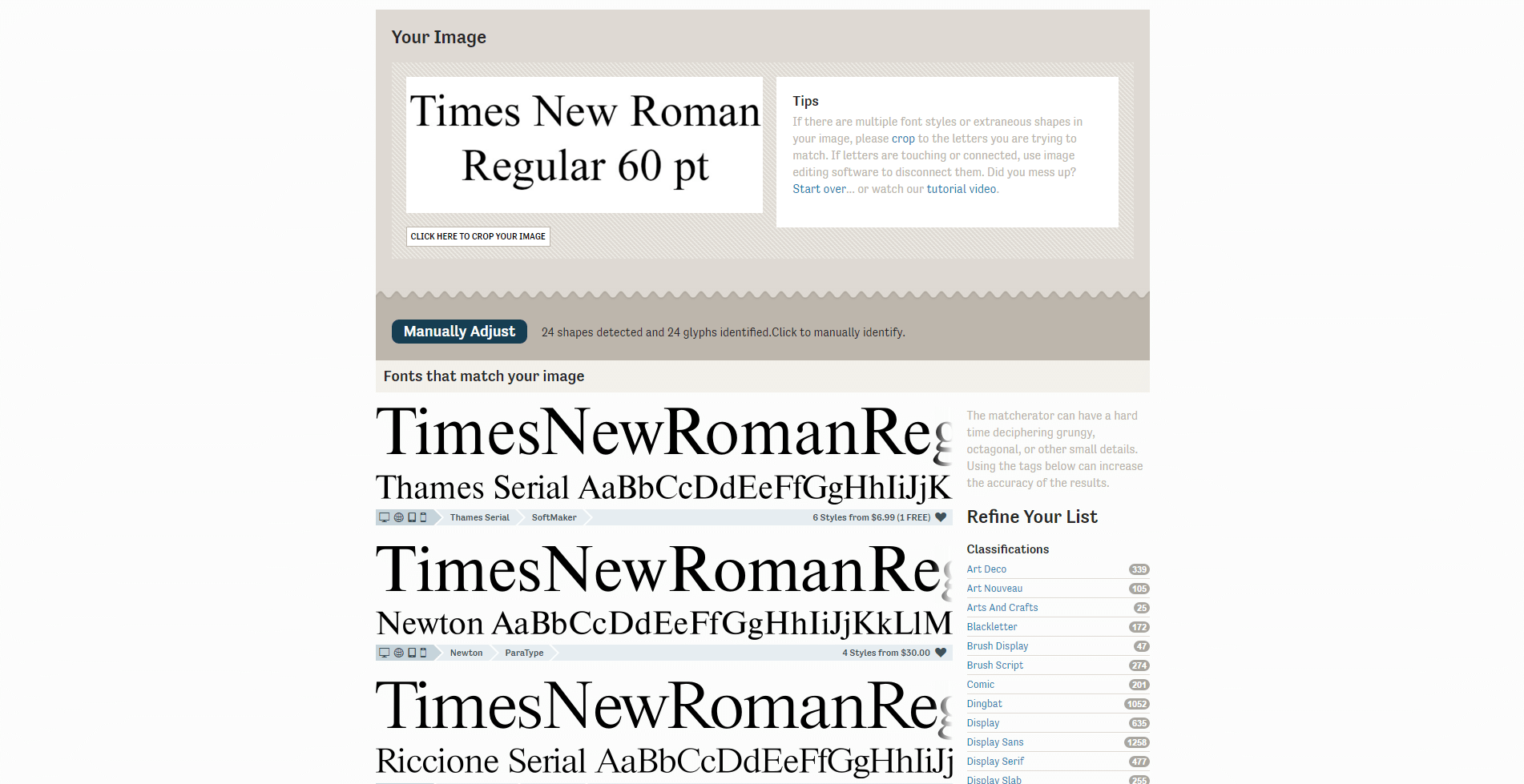

To further prune non-text regions, we develop a recursive neighborhood search algorithm to track credible texts from weak text set. Each image patch is classified as strong text, weak text and non-text by double threshold filtering instead of conventional one-step classification, leveraging confident scores obtained via CNN. A discriminative convolutional neural network (CNN) is jointly trained with multi-level information including pixel-level and character-level information as character candidate classifier. Given a natural image, character candidates are extracted from three channels in a perception-based illumination invariant color space by saliency-enhanced MSER algorithm. A powerful low-level detector named saliency enhanced-MSER extended from the widely-used MSER is proposed by incorporating saliency detection methods, which ensures a high recall rate. However, both of them fails to explain the behavior as noted with (!!!).In this paper, we present a robust text detection approach in natural images which is based on region proposal mechanism. That selects the same font as the control sequence ⟨ font⟩ \the⟨ font⟩, which expands to the most recently defined control sequence The free book TeX for the Impatient explains the behavior in more detail (as mentioned in This answer) For example, ‘ \the\font’ is a control sequence corresponding to the current font. \the⟨ font⟩ produces a font identifier that selects the specified font. \showthe\font % > \Y (most recently defined CS that selects the same font) \font\X=ec-lmr10\X % set \X to the current font Only LuaTeX behaves differently, which returns \X for all tests.) %#!plain TeX How can I get a correct font identifier with \showthe and \the after it is overwritten? The MWE is below (Same result with all of Knuth TeX, pdfTeX, XeTeX, (e-)pTeX, (e-)upTeX and Aleph.


 0 kommentar(er)
0 kommentar(er)
